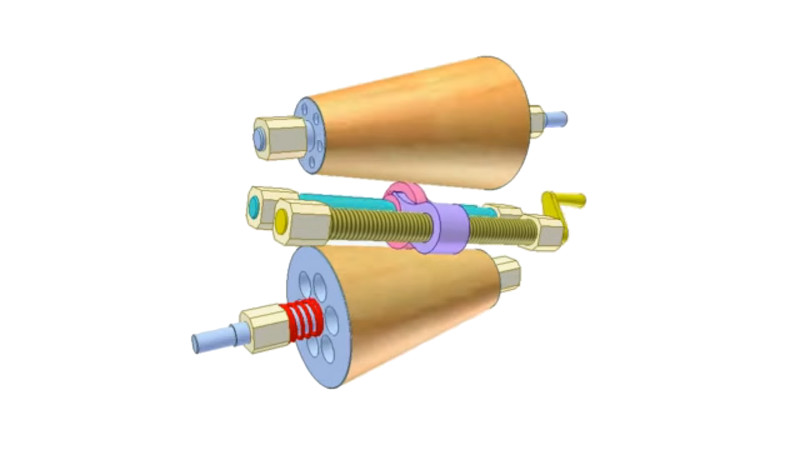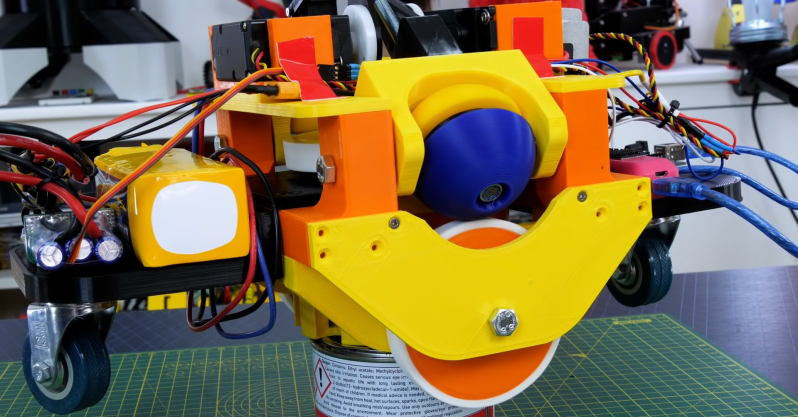Continuously variable ebike transmission promises up to 20% more range
The Orbit Drive promises an ebike transmission, built into the motor housing, that lasts for thousands of miles without maintenance, boosts efficiency and range, allows regenerative braking, and comes out lighter than most ebike drive systems.Continue … Continue reading Continuously variable ebike transmission promises up to 20% more range


